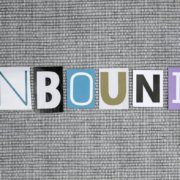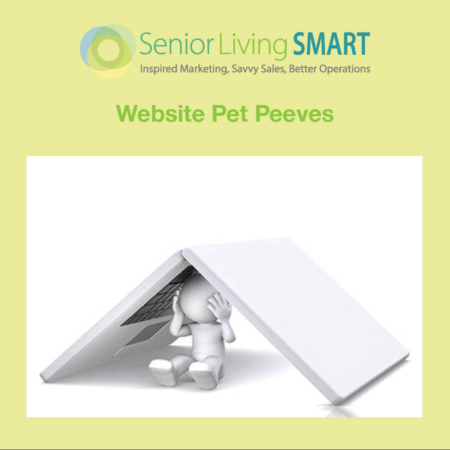Let’s talk about customer satisfaction. At the end of the day, isn’t it all about how the residents and families feel about the services and care they receive in your community? So let’s first answer the question, “Why conduct satisfaction surveys?”
Word of Mouth
Residents and families are talking about you – to friends, relatives, neighbors, and healthcare professionals. Do you know what they are saying?
Customer Issues are a Great Way to Make a Positive Impact
Listening to customer concerns and following through on making positive changes, can turn unhappy customers into loyal customers.
Gain Insight into Your Customer
Asking your customers for ideas and identifying patterns based on their responses, gives you insight into opportunities that can benefit current and future residents. These insights can give you a competitive edge.
The knowledge from customer surveys can help assure that you don’t lose customers and that your reputation doesn’t prevent you from winning new customers. Your customer experience has a direct impact on your occupancy. There is a simple question that is found on most surveys that provides valuable insight and directly impacts your business results.
“How likely is it that you would recommend your community to a friend or colleague?”
This is your Net Promoter Score. The Net Promoter Score, or NPS®, is based on the fundamental perspective that every company’s customers can be divided into three categories: Promoters, Passives, and Detractors.
-
Promoters
(score 9-10) are loyal enthusiasts who will keep buying and refer others, fueling growth.
-
Passives
(score 7-8) are satisfied but unenthusiastic customers who are vulnerable to competitive offerings.
-
Detractors
(score 0-6) are unhappy customers who can damage your brand and impede growth through negative word-of-mouth.
To calculate your company’s NPS, take the percentage of customers who are Promoters and subtract the percentage who are Detractors. Now what? Once you know your number– What do you do with this information?
Lynn Ackerman, PhD, Co-Founder and Chief Delight Officer at Sensight Surveys offers insight into how to translate the number into a plan that positively impacts your customer experience and business results.
“Your net promoter score basically represents the percentage of customers who are willing to advocate for your community offset by potential naysayers. This number can be very useful, but by itself holds little value. Your survey process should include the collection of more detailed information to help you pinpoint customer experiences and views that drive your net promoter score and allow you to take targeted action.
There are three things you can do:
- Include questions on your survey that ask customers to rate specific areas of service.
- Provide comment space on your survey, so customers can back up their willingness to recommend you with a positive comment or recommendation for improvement.
- Hold feedback sessions with your customers as part of post-survey action planning to understand their specific accolades, concerns, and ideas for improvement.
With this additional information, you will have what you need to identify top improvement opportunities and implement a targeted plan of action.”










